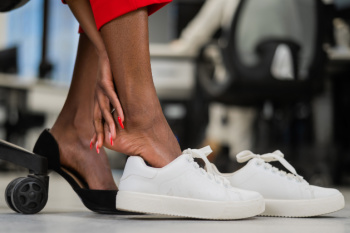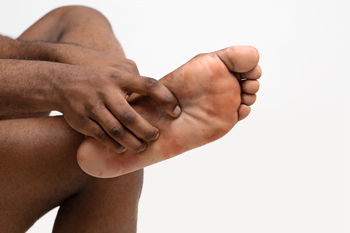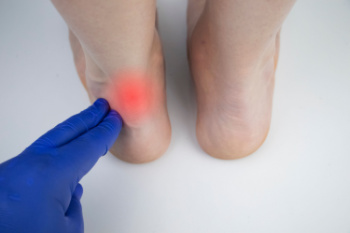Cuboid syndrome, also known as cuboid subluxation, is a condition in which the cuboid bone in the foot moves out of alignment. This can happen as a secondary injury to a sprained ankle or due to injury or overuse. Activities that may increase your risk of cuboid syndrome include playing sports with rapid, side-to-side movements, dancing, climbing stairs, wearing poorly fitted shoes, training on uneven surfaces, and not taking enough time to rest and recover after strenuous activity.
Symptoms frequently associated with cuboid syndrome include dull, aching, or sharp pain along the outside of the foot, pain that gets worse when bearing weight, ankle pain, difficulty walking, a reduced range of motion in the affected foot, and sensitivity on the bottom of the foot.
Fortunately, most people diagnosed with cuboid syndrome make a full recovery. There are many treatment options available for this condition. At home, you may be advised to rest, ice, compress, and elevate the affected foot to reduce inflammation, pain, and swelling and to promote healing. Your chiropodist can also perform certain foot manipulations to realign the cuboid bone, use a pad or tape to stabilize the affected foot, or prescribe custom orthotics.
If you are experiencing the symptoms of cuboid syndrome, it is recommended that you see a chiropodist for treatment.





